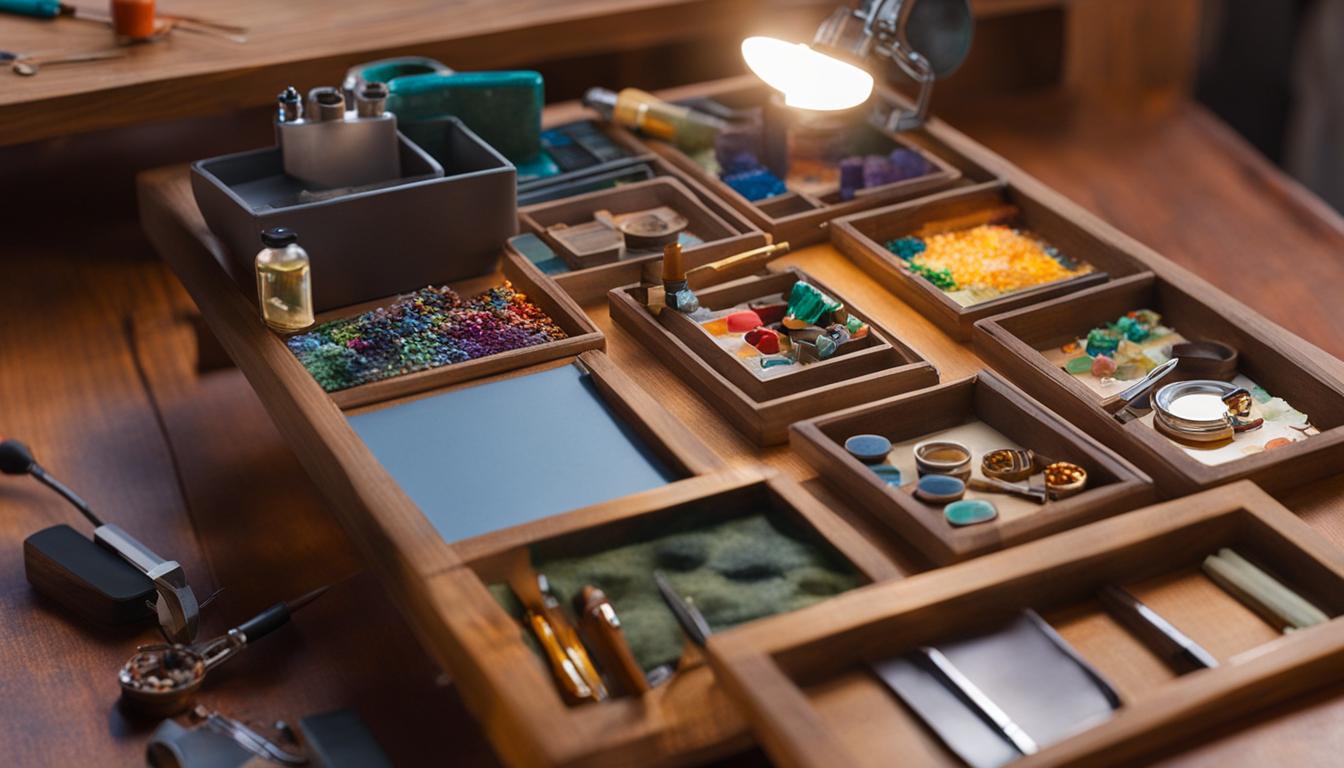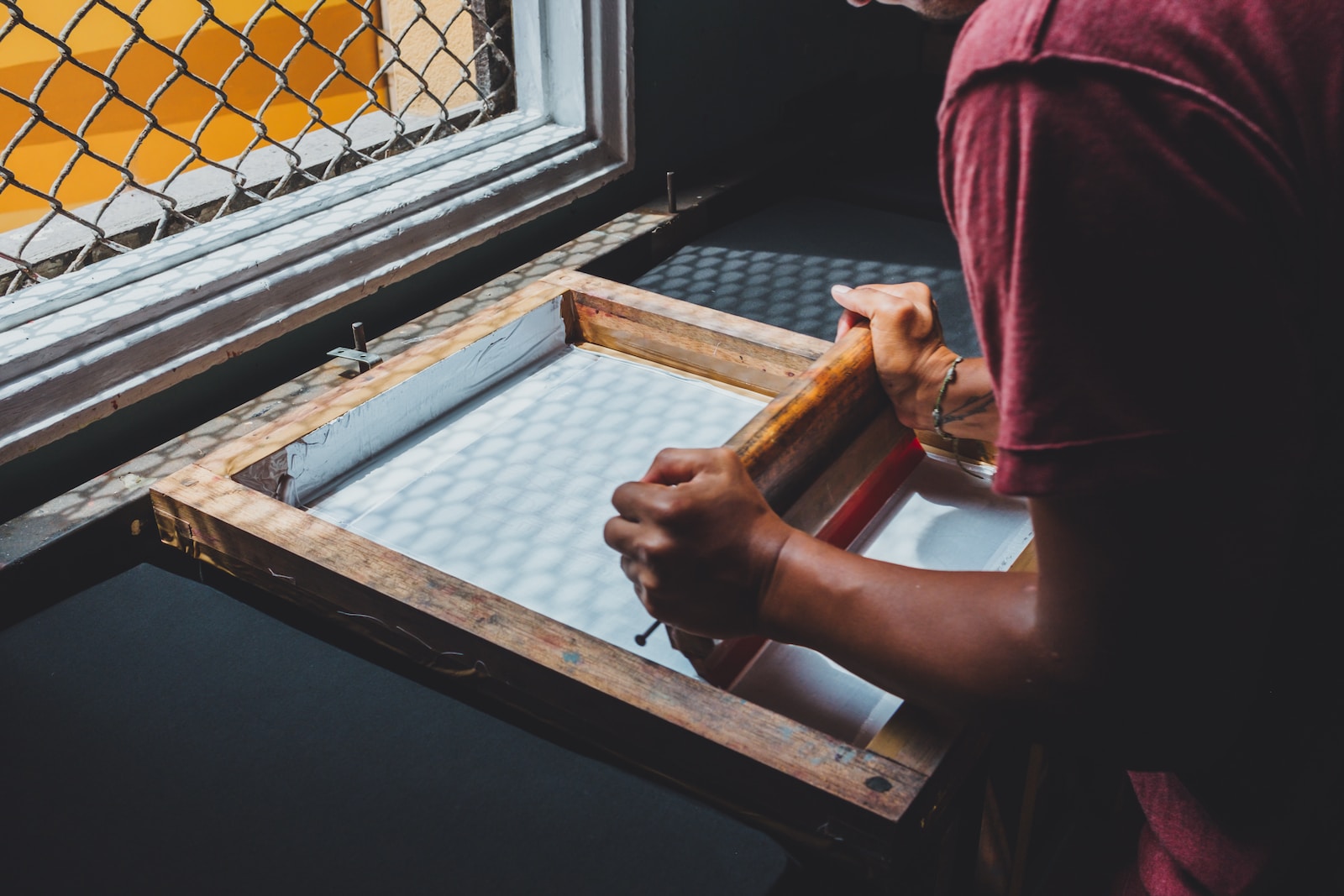Introduction
Brief explanation of oil painting and acrylic painting
When it comes to the world of art, two mediums that have captivated artists for centuries are oil painting and acrylic painting. Oil painting is a traditional medium that dates back centuries and is known for its rich, vibrant colors and unique texture. It involves using pigments mixed with drying oils, such as linseed oil, to create stunning works of art.
On the other hand, acrylic painting is a more contemporary medium that emerged in the mid-20th century. Acrylic paints are made from a combination of pigments and polymer emulsions, resulting in a versatile water-based paint that dries quickly.
Importance of choosing the right medium for beginners
For beginners venturing into the world of painting, choosing the right medium can make all the difference in their artistic journey. The choice between oil painting and acrylic painting can greatly impact one’s experience as they embark on their creative endeavors.
Each medium offers its own set of advantages and challenges, making it crucial for beginners to consider their personal preferences, artistic goals, and available resources before diving into one or the other. The right choice of medium can ensure an enjoyable learning process while setting a solid foundation for future growth as an artist.
Additionally, selecting a suitable medium early on saves beginners from frustration or discouragement that may arise from using a medium that does not align with their artistic vision or working style. In this article, we will explore both oil and acrylic paintings in detail to help beginners make an informed decision about which path to embark upon based on their individual needs and preferences.
Oil Painting: The Classic Medium
Overview of oil painting techniques and characteristics
When it comes to the world of art, oil painting has long been regarded as the classic medium. Renowned artists throughout history, from Leonardo da Vinci to Vincent van Gogh, have utilized this technique to create timeless masterpieces. Oil paints consist of pigments suspended in a drying oil, typically linseed oil, which gives them their unique properties.
What sets oil painting apart is its slow drying time compared to other mediums like acrylics or watercolors. This allows artists to work with the paint for extended periods, making it easier to achieve desired effects and make corrections along the way.
Advantages of oil painting for beginners
For beginners dipping their toes into the realm of painting, oil painting provides several advantages that make it an enticing choice. Firstly, its slow drying time enables blending and corrections like no other medium can. This forgiving nature allows beginners more room for experimentation and exploration without worrying about mistakes becoming permanent.
Whether you’re trying to achieve smooth transitions between colors or want to tweak certain elements in your composition, oil paints give you the flexibility needed for such adjustments. Furthermore, the rich color saturation and luminosity achievable with oils can truly elevate a beginner’s artwork.
The pigments used in oil paints are vibrant and intense, resulting in colors that appear more vivid on canvas than with other mediums. This quality adds depth and dimensionality to paintings, bringing them to life in ways that are highly appealing aesthetically.
One cannot overlook the versatility offered by oils in terms of texture and application techniques. Whether you prefer working with thick impasto strokes or creating subtle glazes for a smoother finish, oils allow you to play around with different textures effortlessly.
Their creamy consistency makes them easy to manipulate on canvas using various brushes or palette knives – another perk for those just starting their artistic journey. Oil painting as a classic medium offers beginners the advantage of slow drying time, enabling blending and corrections.
The richness of color saturation and luminosity achievable with oils adds vibrancy and life to artwork, while the versatility in texture and application techniques further enhances the creative possibilities. Overall, oil painting lends itself well to beginners who desire flexibility, vibrant results, and a chance to explore various approaches within their artistic endeavors.
Acrylic Painting: The Contemporary Alternative
Overview of acrylic painting techniques and characteristics
When it comes to acrylic painting, you’re diving into the world of contemporary art. Acrylics offer a wide variety of techniques and characteristics that make them a popular choice among beginners.
One of the main features of acrylic paints is their fast drying time. Unlike oil paints, which can take days or even weeks to completely dry, acrylics dry quickly, allowing artists to build layers and experiment with different effects in a shorter span of time.
Another notable characteristic of acrylics is their water-based nature. Unlike oil paints that require specific solvents for cleaning brushes and palettes, acrylics can be easily cleaned up with just water.
This means you don’t have to worry about harsh chemicals or strong smells lingering in your studio space. Additionally, since they are water-based, they are more environmentally friendly compared to oil paints.
Advantages of acrylic painting for beginners
Acrylic painting offers several advantages specifically tailored for beginners who are just starting their artistic journey. One major advantage is the quick drying time mentioned earlier. This allows beginners to experiment with layering techniques without having to wait long periods between each layer.
It also enables artists to make adjustments or corrections on their canvas more easily, as they don’t have to wait for paint layers to dry before continuing. Another advantage for beginners is the wide range of vibrant colors available in the realm of acrylic paints.
Acrylic pigments are known for their intense hues and high color saturation. Whether you’re looking for bold primary colors or subtle pastel tones, there’s a vast array of options at your disposal when using acrylics.
Furthermore, due to their versatility and compatibility with other mediums such as gels and pastes, acrylic paints allow beginners to explore various textures and create interesting visual effects on their canvases. From impasto techniques that create thick, textural brushstrokes to glazing methods that allow for transparent layers and luminosity, the possibilities are endless when it comes to acrylic painting.
Overall, acrylic painting offers a contemporary alternative for beginners, providing them with quick drying times, easy cleanup, and a vibrant color palette to work with. It’s an exciting medium that allows beginners to unleash their creativity and experiment with different techniques while enjoying the advantages it has to offer.
Factors to Consider When Choosing a Medium
Time Commitment
When it comes to time commitment, the drying time of the medium is a crucial factor for beginners. Oil paintings require a considerably longer drying time compared to acrylics.
This means that if you choose oil paints for your creative endeavors, you must have the patience of a saint. The slow drying time of oil paints allows for more flexibility during the creation process.
You can blend colors, make corrections, and create subtle transitions with ease since the paint stays wet for an extended period. However, this also means that you’ll have to wait between layers or risk smudging and muddying your masterpiece.
On the other hand, if impatience is your middle name and you’re eager to see quick results, then acrylic painting might be more suitable for you as a beginner. Acrylics dry much faster than oils, often within minutes or hours depending on environmental factors like temperature and humidity.
This quick-drying nature makes acrylics ideal for artists who prefer working in shorter sessions or like to experiment with layering techniques without waiting too long between each stage. It allows you to build up layers swiftly and work at a faster pace compared to oils.
Materials and Tools Needed
Another factor that can influence your choice is the materials and tools required for each medium. Oil paintings demand specific solvents like turpentine or mineral spirits for thinning paint and cleaning brushes. Additionally, they require mediums such as linseed oil or stand oil to alter consistency or enhance drying times.
These materials can be intimidating at first but understanding their purpose is essential to achieve desired effects in oil painting. Acrylic paints, on the other hand, can be used with simple water-based tools which are readily available in most art supply stores.
All you need is some water to dilute or thin down the paint, making the cleanup process a breeze. With acrylics, you can experiment with various textures and techniques using household items like sponges, palette knives, or even your fingers!
The accessibility and simplicity of the tools required for acrylic painting make it a convenient choice for beginners who may not want to invest in additional materials or deal with complex setups. By considering both the time commitment and the necessary materials and tools, you can make an informed decision about which medium to choose based on your artistic goals, preferences, and available resources.
Tips for Beginners Starting with Oil Painting
Properly Handling Oil Paints, Solvents, Mediums, etc.
When it comes to oil painting, it’s important to handle the materials with care and precision. The first thing you should know is that oil paints are made up of pigments suspended in oils such as linseed oil or walnut oil.
These oils give the paint its unique characteristics and allow for its smooth application. To properly handle oil paints, start by ensuring you have a clean and organized workspace.
Lay out your palette and squeeze out small amounts of paint onto it, as a little goes a long way. Next, you’ll need to familiarize yourself with solvents and mediums that are commonly used in oil painting.
Solvents like turpentine or mineral spirits are used for thinning the paint and cleaning brushes. Be cautious when using solvents as they can be toxic and emit strong odors.
Make sure to work in a well-ventilated area or use odorless substitutes if possible. Additionally, mediums like linseed oil or stand oil can be added to the paints to modify their consistency and drying time.
A Step-by-Step Guide on Basic Oil Painting Techniques
Now that you have an understanding of how to handle the materials necessary for oil painting let’s delve into some basic techniques that beginners can start experimenting with. One popular technique is wet-on-wet painting.
This involves applying wet paint onto an already wet surface, which allows for blending colors seamlessly. Start by prepping your canvas with a thin layer of medium or diluted paint so that subsequent layers glide more smoothly.
Then apply your base color using broad strokes or create bold shapes using smaller brushes. Another technique worth exploring is glazing – layering transparent washes of color over dry layers of paint – which adds depth and richness to your artwork.
To achieve this, start by applying a thin, transparent layer of paint over a dry base. Allow it to dry completely before adding another layer.
Repeat this process until you achieve the desired effect. Remember, oil painting is a journey of exploration and practice.
Don’t be afraid to experiment and find your own style as you develop your skills. With patience and dedication, you’ll gradually become more comfortable with oil paints and discover the joy of creating beautiful works of art.
Tips for Beginners Starting with Acrylic Painting
Unlocking the Magic of Color Mixing
Acrylic paints offer a world of possibilities when it comes to color mixing. As a beginner, understanding color theory and how different hues interact with one another can be both exciting and intimidating. To get started, it’s essential to have a basic set of primary colors: red, blue, and yellow.
Experiment with mixing these primary colors to create secondary colors like orange, green, and purple. Remember that acrylics dry quickly, so keep a spray bottle of water nearby to keep your paints moist while working.
This will give you more time to explore various color combinations and achieve the desired shades on your canvas. Additionally, consider investing in a color wheel or using online resources that provide guidance on complementary colors.
Complementary colors are opposite each other on the color wheel (e.g., red and green or blue and orange). By using complementary colors in your paintings, you can create vibrant contrasts that add depth and visual interest to your artwork.
Selecting the Right Brushes for Your Artistic Journey
Brushes are an artist’s best friends when it comes to acrylic painting. Having the right brushes can significantly impact your technique and overall experience as a beginner.
There are several types of brushes available for acrylic painting: flat brushes, round brushes, filbert brushes (which have rounded tips), fan brushes (for creating texture), and many more. Start by acquiring a variety pack of synthetic brushes in different sizes.
A flat brush is perfect for bold strokes or covering larger areas quickly, while round brushes offer more precision for detailed work or creating fine lines. As you progress in your artistic journey, explore specialty brushes that cater to specific effects or textures you wish to achieve.
Remember to clean your brushes thoroughly after each painting session using water or mild soap to prevent paint build-up and ensure the longevity of your brushes. Treat them with care, and they will remain loyal companions throughout your creative endeavors.
Conclusion
Embarking on the journey of acrylic painting as a beginner can be incredibly rewarding. With its quick drying time, vibrant color options, and forgiving nature, acrylics provide an excellent platform for beginners to explore their creativity and develop their artistic skills.
Remember to experiment with color mixing, embracing the joy and surprises that come with it. Selecting the right brushes that suit your painting style will enhance your experience further.
So gather your supplies, set up your easel, and let the vibrant world of acrylic paints unfold before you. Embrace each brushstroke as an opportunity for self-expression and growth.
With dedication and practice, you’ll find yourself crafting captivating artworks that reflect your unique artistic voice. The possibilities are endless – happy painting!
 Skip to main content
Skip to main content


